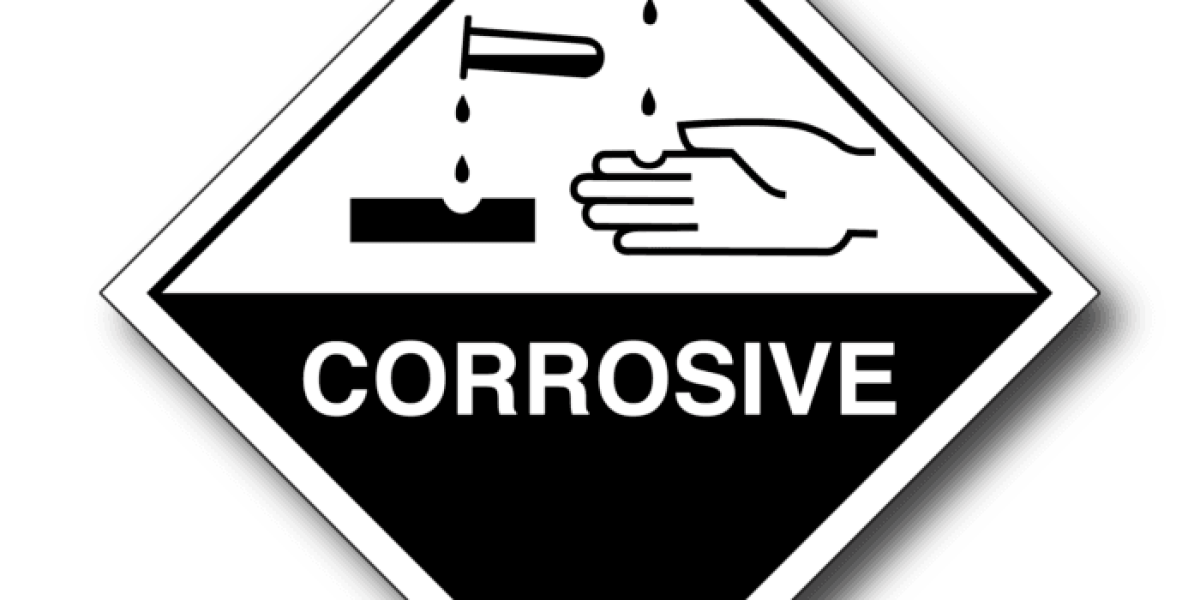Every type of Dangerous Goods substance or product requires specific knowledge to handle and transport safely. The UN hazmat framework of 9 classes identifies the hazards that each material may pose.
Continuing our in-depth look at the 9 classes, we now look at the classification for corrosives materials.
Class 8 Corrosive materials
Class 8 are substances which by chemical reaction will cause irreversible damage to skin tissue. Skin corrosion i.e., visible necrosis (physical damage to the tissue) is dependent on the length of exposure and speed with which the substance destroys the skin tissue.
Corrosives can also degrade or disintegrate other materials, in particular the destruction of metals. When transported leakage could destroy or cause damage to surrounding materials.
Some corrosives are flammable or combustible and can easily catch fire and burn or explode. Others are incompatible with other chemicals. They may undergo dangerous chemical reactions and give off toxic or explosive products if they contact each other.
There are many consumer and industrial products which contain acids and alkali bases. Employees in workplaces where corrosives substances are used should be aware of the emergency response procedures for any goods, they are handling.
Commonly transported corrosives include hydrogen peroxide, acid batteries, oven or drain cleaners, bleach, paints.
UN Packing Groups
There are three packing groups in Class 8, based on how quickly the substance causes tissue or material damage:

The Material Safety Data Sheet (MSDS) of the specific product will guide you to determine the packing group of a corrosive substance.
Corrosive substances that are forbidden
Chemically unstable substances of Class 8 are forbidden for transport unless the necessary precautions have been taken to prevent the possibility of a dangerous decomposition or polymerization under normal conditions of transport.
The normal conditions of transport are:
- Vibrations
- Changes in temperature
- Changes in humidity
- Changes in pressure
Any corrosive substances that react to any of the above mentioned conditions is forbidden from any movement by sea, road, rail and air.
Class 8 Corrosive Symbol
Class 8 Goods need to carry the correct label when being transported.

Logicom Hub provides training for the shipping of corrosive material, Class 8 Dangerous Goods. For more details contact us or see our course details
Read about Class 9 here

